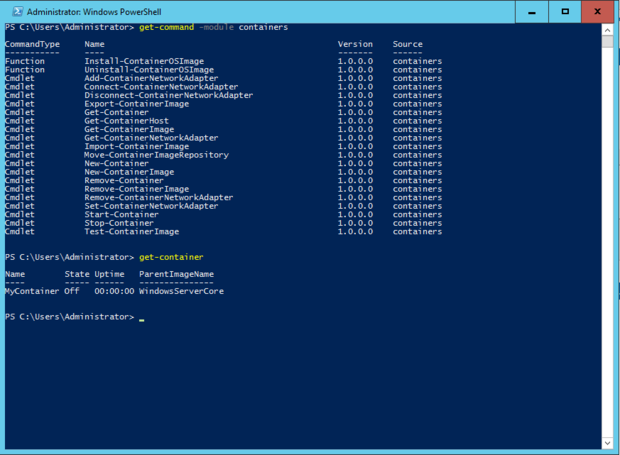

- #Rapid recovery powershell script to hyper v export manuals#
- #Rapid recovery powershell script to hyper v export free#
You should NOT have manually merged the vhdx files, that caused your problem.
#Rapid recovery powershell script to hyper v export manuals#
There needs to be a better way, but I cannot find anything online, all the "manually merge VHDX drives" manuals end with the merge without looking at the Hyper-V Manager. When you cant delete a checkpoint in the gui, that means its a backup checkpoint and should be deleted via powershell. The problem is, that the Hyper-V manager still has those Checkpoints referenced somewhere and that reference didn't get deleted, when I try to delete it just tells me that the corrosponding file cannot be found (yeah no sh*t, I merged it )ĭoes anyone have a better solution to this than creating a new "empty" VM and mount the merged VHD to that VM (then configuring the Network). You can perform universal recovery to multiple platforms, including restoring from physical to virtual, virtual to physical, virtual to virtual, and physical to physical. I still see the checkpoints as they are in the picture, still cannot delete them (when deleting with powershell it's the same issue) Your appliance supports multi-hypervisor environments on VMware vSphere and Microsoft Hyper-V private and public clouds. Now I manually merged the checkpoints into the original VHD and told the VM to take the merged VHD as a drive (as it had the checkpoint mounted) and the VM starts without a problem. I see the checkpoints in the Hyper-V Manager, but I cannot delete them, see picture: Altaro realizes that even though all companies recognize the importance of backing up their virtual machines, some of them simply do not have the capability to acquire a proper backup solution.
#Rapid recovery powershell script to hyper v export free#
On the PowerShell screen, you can see the list of available VMs, including their name, state, CPU usage, memory assigned, uptime, status, and version. As promised, Altaro Software, maker of Hyper-V virtual machine backup software, is releasing a Free PowerShell script to automate Hyper-V VM export. To see all VMs on the local Hyper-V host, you should run the Get-VM cmdlet. I have some VM's running on a 2012R2 and on a 2016 Hyper-V Cluster, that cannot delete the Checkpoints (for whatever reason, that's another thing to tackle). The following Hyper-V PowerShell command allows you to see all of the VMs available on one or more Hyper-V hosts. This is just a bit related to veeam, as it is a Hyper-V problem created by Veeam.


 0 kommentar(er)
0 kommentar(er)
